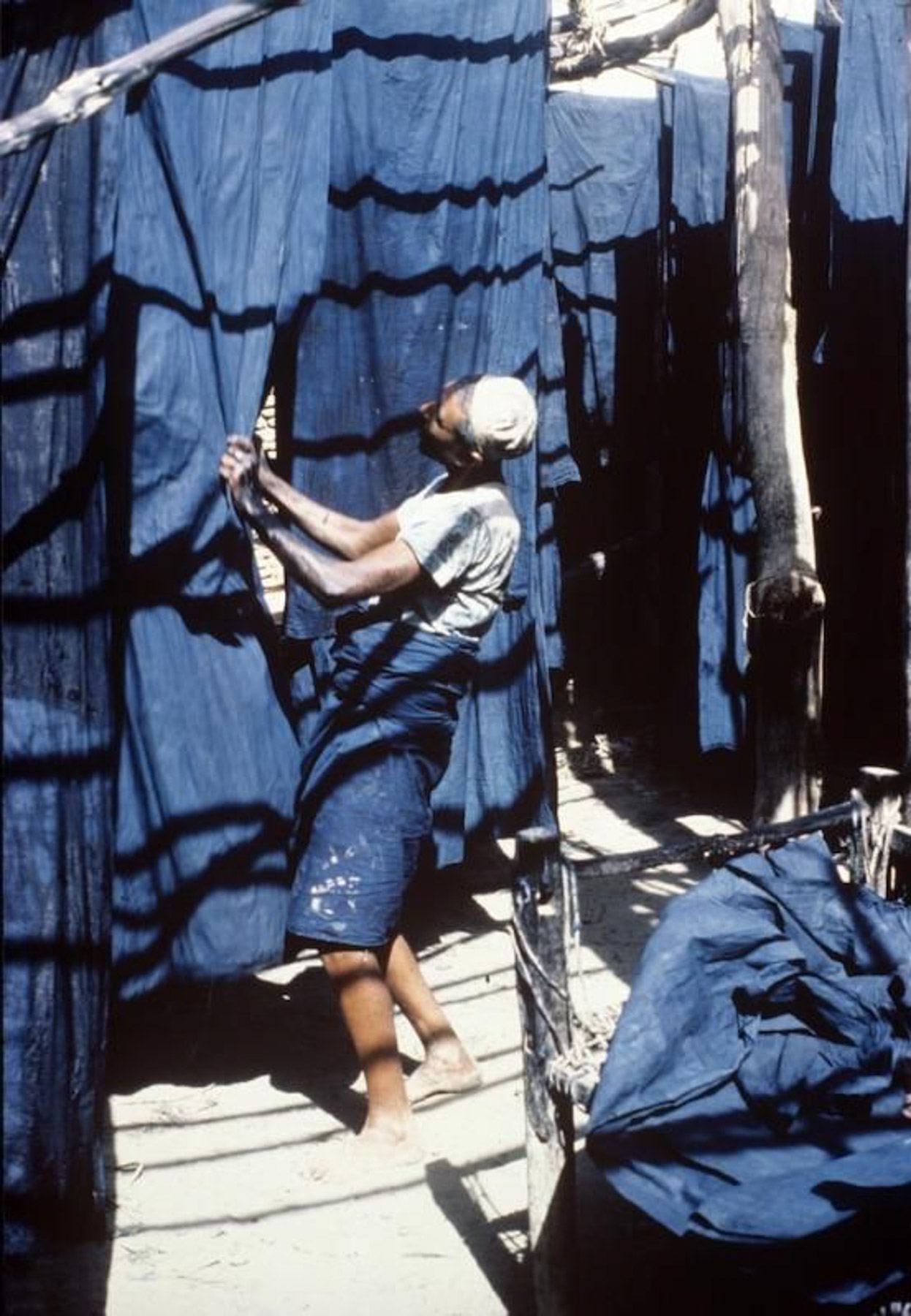The Metamorphosis of Cotton
Cotton plant (Gossypium) has been known to mankind for at least 7000 years – first grown in Mehrgarh and South-America as well as in Africa and the Indus River Valley in Pakistan, it has been spun and woven into cloth at least since 3000 BC. During such times, the Egyptians were wearing cotton clothing and ancient Peruvians made fishing nets from darker shades of cotton to be less visible to fish. The Greeks and Arabs were not familiar with the material until the Wars of Alexander the Great but quite soon they too started to use cotton for awnings, sails and clothing.
The word ‘cotton’ is derived from ‘qutun’ or ‘kutun’, an Arabic word used to describe any fine textile. It was the Arabs who brought cotton cloth to Europe about 800 A.D. By the year 1500, cotton was generally known throughout the world.
In Northern Europe, during the late medieval period, cotton became known as an imported fibre – without any knowledge of how it was derived, other than it was a plant. As Herodotus had written in Histories, “there’s a tree in India that produces wool” – it was assumed that the plant was a tree rather than a shrub. This aspect is retained in the name of cotton in several Germanic languages, such as German Baumwolle or also, Estonian puuvill which translates as “the tree wool”.
The magical plant is a soft, fluffy staple fibre that grows in a boll, or protective case, around the seeds of the cotton plant. When the seeds are removed, the white fibres can be combed and spun into threads and woven into breathable cloth. The composition of cotton is almost pure cellulose (91%) with a bit of water (7,85%), and very little protoplasm and pectins, waxes and mineral salts.

